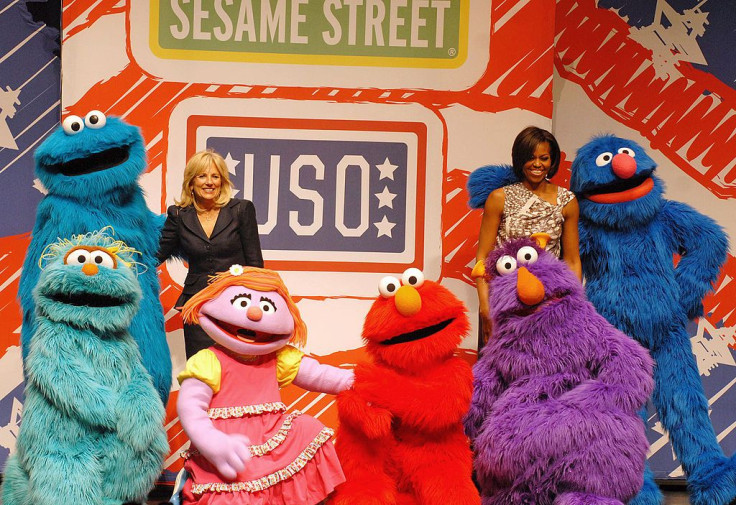Sesame Street Helped Preschool Kids In The 1970's Perform Better In Elementary School: Study

It seems that kids who found their way to Sesame Street during the 1960’s and 70’s were profoundly better off for the experience.
Building on early research conducted when the educational program first hit the public airwaves in 1969, economists Melissa Kearney and Phillip B. Levine examined the relationship between the ability to watch Sesame Street and later educational attainment in elementary school in a study published in the National Bureau of Economic Research.
Back then, TV stations were broadcast on either UHF or VHF channels, depending on the area of the country, and Sesame Street was apparently harder to watch on UHF channels. This meant Kearney and Levine could isolate a viewing effect among different groups of children. "Children who were preschool age in 1969 and who lived in areas with greater Sesame Street coverage were significantly more likely to be at the grade level appropriate for their age through school. The effect on grade-for-age status is particularly pronounced among boys and black, non-Hispanic children," said the authors in a press statement. "Living in a location with strong reception instead of weak reception reduced the likelihood of being left behind by 16 percent for boys and 13.7 percent for black, non-Hispanic children."
Though the authors weren’t able to determine conclusively whether watching the Big Bird-helmed program led to better overall academic achievement or later job success, they feel confident that Sesame Street had a noticeable and positive early influence on the millions of children who tuned in. "The results indicate that Sesame Street accomplished its goal of improving school readiness," they concluded in their abstract.
And their findings provide hope that the media, fragmented as it may be compared to the 1960’s, can have a meaningful boost in early education efforts, especially for those in struggling demographics. "With so much emphasis on early childhood interventions these days, it is quite encouraging to find that something so readily accessible and inexpensive as Sesame Street has the potential to have such a positive impact on children's school performance, in particular for children from economically disadvantaged communities," said Kearney. "These findings raise the exciting possibility that TV and electronic media more generally can be leveraged to address income and racial gaps in children's school readiness."
And it’s especially encouraging considering that the stalwart program and its lovable characters have continued to educate children (and adults) about important, if sensitive, topics like healthy eating, vaccination, and even prison. Here’s hoping the next generation learns as much from them as we all have.
Source: Kearney M, Levine P. Early Childhood Education by MOOC: Lessons from Sesame Street. National Bureau of Economic Research. 2015



























